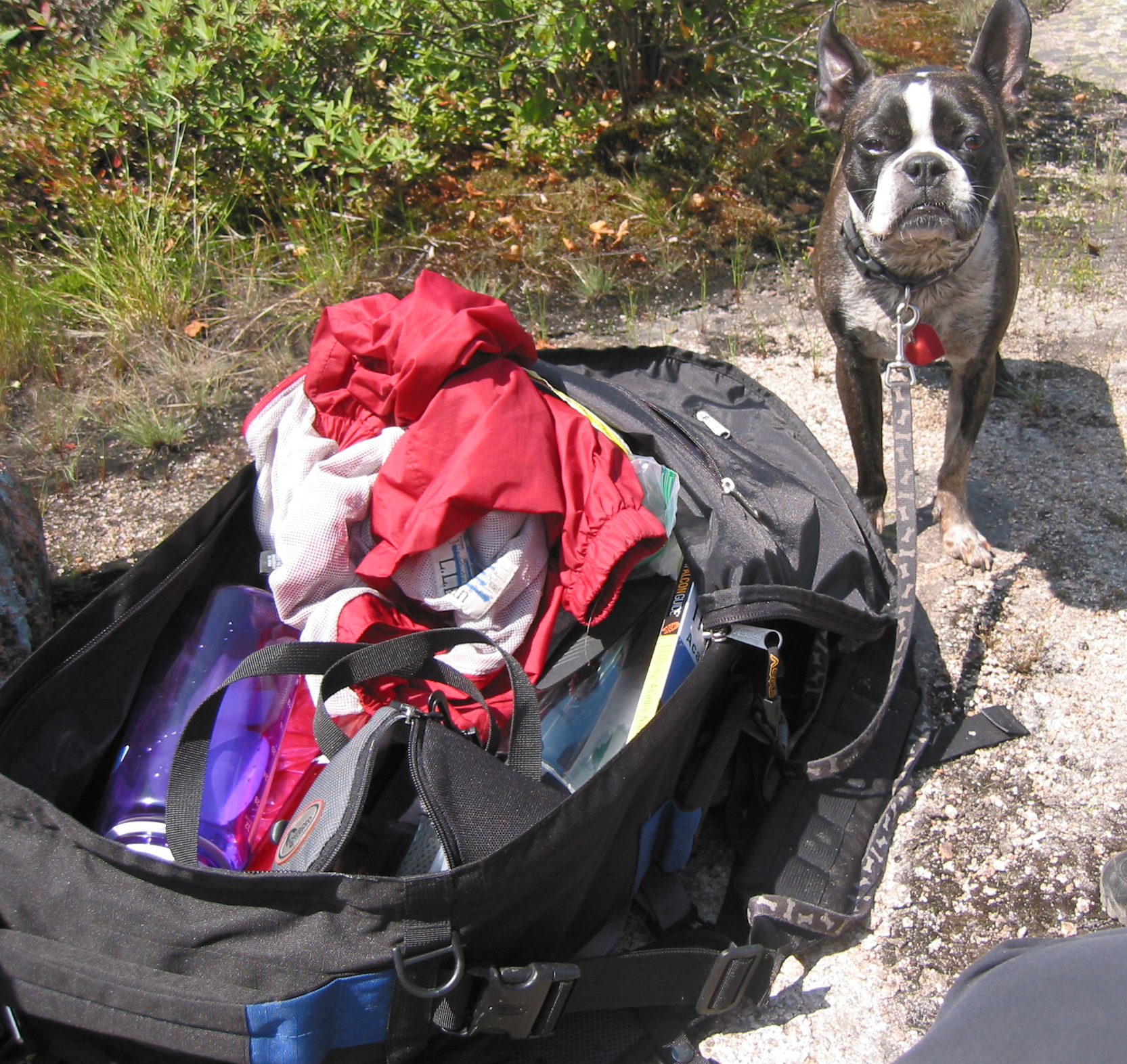Back from an extended camping trip where I was blissfully out of range of digital technology for most of the time. (Though I weep now looking at my email inbox.)

A good time was had by all.

One interesting experience I had involved our campfires. I didn’t bring a camp stove, preferring to cook off of the fires instead. I would have told you that I was a pretty good hand at starting up a fire under a variety of circumstances, but for the first two days, I was going nuts.
I bought was looked like okay campwood from outside the National Park-system campground we were at. Some small pieces suitable for kindling, some bigger logs. I cut into one log to check and it seemed dry throughout. The grain looked a bit odd, perhaps, and I couldn’t really tell what the source tree of the wood was. Conditions were slightly damp at our wooded site but nothing out of the ordinary. And yet, keeping a fire going was close to impossible: the logs would blacken, a few hot coals would form, and then the whole thing would fizzle. I got wood from the next household down on the main road, same issue.
I set up the next fire differently, I bought a little bundle of softwood kindling, same results. I was at that point where you conclude that you’re the problem, that you don’t know what you think you know, that you’ve got to go back and get genuinely educated.
And then the folks at the neighboring campsite, who had great fires each night, packed up and donated their wood to us, perhaps out of pity. It was a mix of beautifully seasoned birch and norway pine firewood with some birch bark for kindling. And it went up like the Human Torch, using single match lighting the kindling, with a normal stacking on my part. It burnt beautifully if somewhat quickly, providing perfect coals for cooking as well as for gathering around after nightfall.
This experience is a classic kind of problem in education (and lots of other repeated practices like competitive sports). Students (and faculty) sometimes hit a patch in the process of doing something familiar where nothing works the way that it should, but for some reason it’s hard to tell whether there’s a problem with the tools or the context. So you start to doubt yourself, and maybe you make significant changes in the way you do your work, whereupon things get even worse, and the situation spirals quickly to frustration. You don’t want to get into the habit of blaming your tools or the situation, because sometimes you really do need to adjust your own practices. But if something’s worked well before, the Occam’s Razor answer would suggest a closer look at your tools and your context first before you start fiddling with your own basic strategies or assuming that you really don’t know what you thought you knew.

It is a common, or at least not unheard of, situation with craft and building trades as well. One of the benefits of certification and training is that it familiarizes the practitioner with a body of knowledge that tends to give confidence that the available techniques have proven adequate in the past. Having some flexibility when encountering novel situations can become a challenge however.